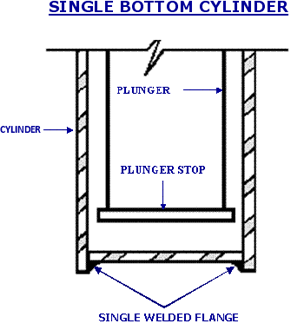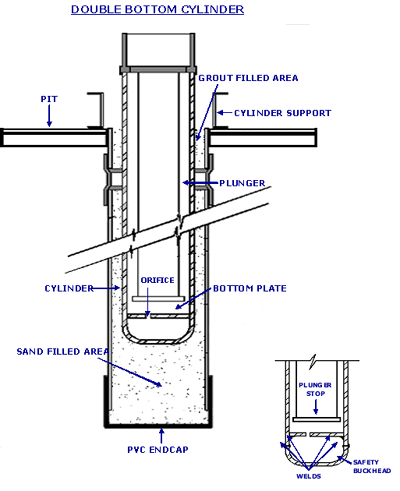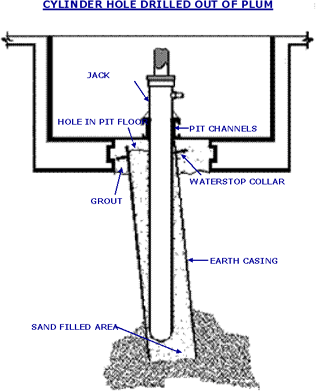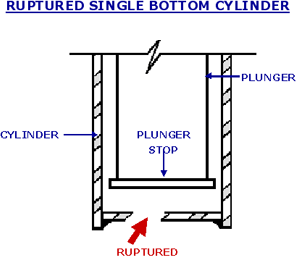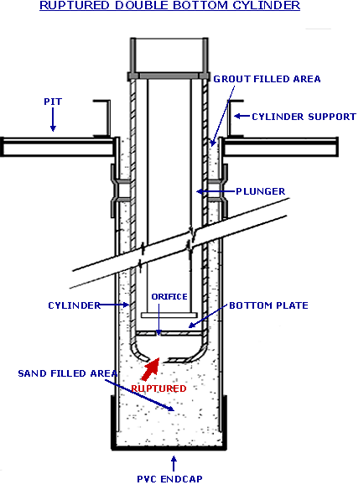|
|||||||||||||||||||||||||||||||||||||||||||||||||||||||||||||||||
Elevator Home | About Motion | Services | Information Center | Resources | Other Services | Careers | Contact Us | Laminate Selection Form | Links
Elevator Repair Fort Lauderdale
Elevator Service Fort Lauderdale
Elevator Maintenance Fort Lauderdale
Elevator Modernization Fort Lauderdale
Elevator Cab Refurbishing Fort Lauderdale
Elevator Repair Pompano Beach
Elevator Service Pompano Beach
Elevator Maintenance Pompano Beach
Elevator Modernization Pompano Beach
Elevator Cab Refurbishing Pompano Beach
Elevator Repair Miami Beach
Elevator Service Miami Beach
Elevator Maintenance Miami Beach
Elevator Modernization Miami Beach
Elevator Cab Refurbishing Miami Beach
Elevator Repair Delray Beach
Elevator Service Delray Beach
Elevator Maintenance Delray Beach
Elevator Modernization Delray Beach
Elevator Cab Refurbishing Delray Beach
Elevator Repair Hollywood
Elevator Service Hollywood
Elevator Maintenance Hollywood
Elevator Modernization Hollywood
Elevator Cab Refurbishing Hollywood
Elevator Repair Boca Raton
Elevator Service Boca Raton
Elevator Maintenance Boca Raton
Elevator Modernization Boca Raton
Elevator Cab Refurbishing Boca Raton
Elevator Repair West Palm Beach
Elevator Service West Palm Beach
Elevator Maintenance West Palm Beach
Elevator Modernization West Palm Beach
Elevator Cab Refurbishing West Palm Beach
|
|||||||||||||||||||||||||||||||||||||||||||||||||||||||||||||||||

